Puppy Socialization : When, Where and How

All dog owners are familiar with the phrase “Puppy Socialization,” but many people don’t fully understand its true meaning. To some, socialization process is taken too literally, interpreted as simply letting a puppy interact with people and other dogs. However, there is much more involved with this key aspect of puppy raising, which plays a significant role in shaping puppies into well-adjusted companions.
What Is Puppy Socialization?
Socializing a puppy is so much more than just allowing them to interact with people and animals. To properly socialize a dog, it’s important to think of it as acclimating them to a variety of environments, people, and other animals. Early exposure to as many different situations and experiences as possible is the best way to build a puppy’s confidence and ensure they can remain calm and controlled in any situation.
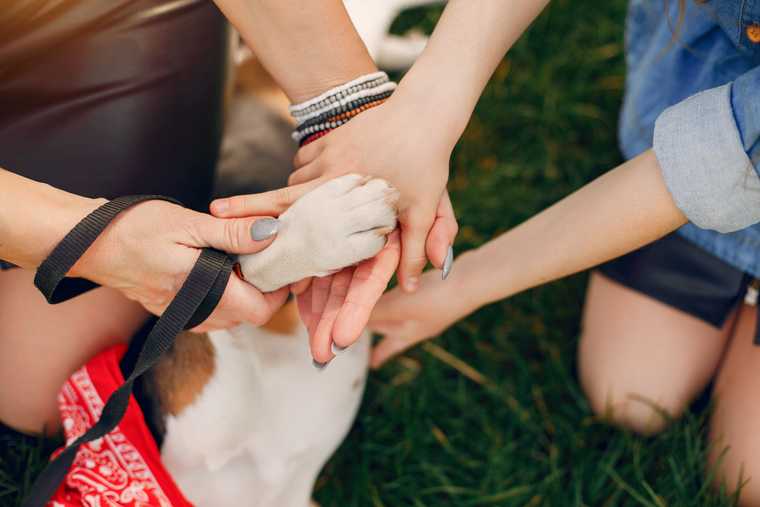
Why Is It Important?
Puppies who are not properly socialized are more likely to lack self-confidence and develop behavioral issues. For instance, a puppy who hasn’t been properly introduced to children may grow up to be fearful or even reactive toward them. Likewise, a dog that wasn't taken outside the home during their puppyhood may be uncomfortable venturing out as an adult and may not know how to act appropriately.
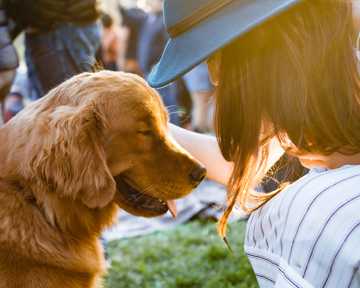
Socializing your puppy is also a great way to build a strong bond with your new companion. By taking them out and positively exposing them to new things, you help them develop trust in you. This, in turn, teaches them that you are the most exciting thing no matter where you are, strengthening their focus on you for future training.
When to Socialize a Puppy?
The best time to start socializing a puppy is immediately after bringing them home. In fact, your breeder will have started the process for you several weeks before. Much of this early socialization is part of the natural process of adjusting to life in a new home. Meeting you and your family members and getting used to a new house and yard all count as socialization!
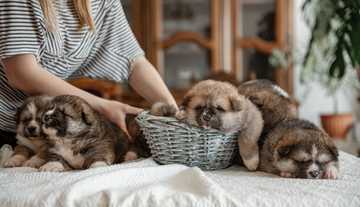
Socialization should continue throughout puppyhood to ensure ongoing positive exposure. It’s especially important to keep exposing them to things they found difficult when first introduced. This reinforces that they’ll be okay and prevents them from becoming nervous again.
Puppy Socialization Period
Just like children, puppies are like little sponges who learn quickly at a young age.
Between the ages of 3 and 14 weeks, puppies are the most curious and receptive to new experiences, so socialization should be a primary focus during the first few months after bringing them home.
While training should continue throughout their puppyhood, these early months are especially critical because during this time, they're forming their opinions about what's safe in the world vs what isn't.
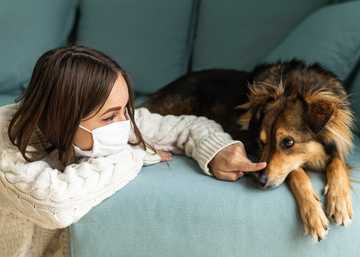
During this period, it’s essential to expose puppies to things like grooming and vet visits – experiences that can be scary for dogs who were not properly introduced to them.
Best Way to Socialize a Puppy
The best way to train your dog is through positive reinforcement, and puppy socialization is no different! The key to building a confident puppy is to expose them to as many different things as possible, ensuring that each experience has a positive association through praise, treats, or play.
However, it’s important to introduce new experiences at a manageable pace - one or two new things per day – rather than overwhelming them. Too many new experiences at once can backfire, leading to fear, stress, and anxiety (FAS).

It’s often suggested that you try to expose your puppy to 100 new things within the first 100 days. Walking on different types of surfaces, hearing various loud sounds, exposure to grooming tools, and seeing people wearing hats are all great examples of things to introduce to your puppy.
Take It Slow
While it’s important to expose your puppy to many things during the critical socialization period, it’s equally important to work at their pace and not rush. If your puppy is nervous or avoidant about something, pressuring them to interact can do more harm than good, causing their fear. In such cases, start with exposure from a comfortable distance and reward heavily.
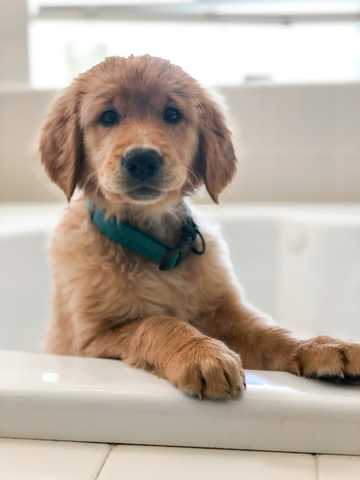
Sometimes, breaking exposure down into smaller steps can be helpful. For instance, instead of putting your puppy straight into the tub for a bath, you could start by introducing them to the sound of running water and end the session there. The next time, allow them to walk around in shallow water before gradually progressing from there.
Signs of Stress
Recognizing when your pet is uncomfortable or stressed is vital. Many signs of stress are subtle, and it’s easy to miss them if you’re not paying attention. Some signs include yawning, panting, lip licking and avoiding looking at something.
Don’t Make It Too Exciting
It’s possible to make socialization too exciting for a puppy. The goal is to have a well-balanced and calm dog who remains neutral and unbothered by their environment. Creating too much excitement in a puppy can cause them to want to rush up to everything they see, which can be problematic. It’s important to find the right balance between rewarding and avoiding overstimulation during socialization.
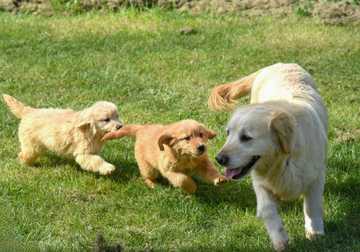
We’ve all seen dogs on walks that desperately try to pull their owners toward every person or dog they see. This is a prime example of what can happen when excitement is overdone. If your dog tends to be overly enthusiastic when meeting others, try timing your rewards when they focus on you in the presence of others. This will help encourage a calm, focused energy.
Where to Socialize a Puppy
Socialization should occur everywhere you go with your dog! Anywhere you plan to take your dog as an adult, start taking them when they’re young and impressionable. If you want to go on hikes with your dog, start with short walks on a nature trail while they’re young. If you want to take your dog to the groomer or vet clinic without causing a scene, start with short, fun exposure visits.

If you're unsure about where your puppy can go during their early vaccination period, your vet can provide guidance. Many people avoid doing anything outside with their dog out of fear, when a quick conversation with a professional could give them the confidence to start socializing safely.
During the early stages of socialization, it’s important to visit controlled environments so exposure remains low-key and positive. A common mistake many new dog owners make is taking their puppies to a dog park to socialize with other animals. Having many dogs running loose around them can be extremely overwhelming and even dangerous, depending on the dogs you encounter.
In Conclusion
Socialization is a crucial aspect of raising a well-adjusted and confident dog. The best way to socialize puppies is to introduce them to a wide range of experiences, environments, and situations. Starting early and exposing your puppy to various stimuli while ensuring that each interaction is positive and at their pace helps to prevent future behavioral issues and strengthens your bond. Prioritizing socialization during the critical early months gives you a foundation for a well-behaved, confident, and well-rounded dog.
For expert guidance and support socializing your new friend, check out our comprehensive Program for Socialization on the Woofz app. We’re here to help you with this important phase and ensure your puppy grows into the perfect companion.
FAQs

Passionate team dedicated to help pet owners raise safe and obedient dogs, fostering meaningful connections with their furry companions.

CPDT-KA certified trainer with over 4 years of experience working with hundreds of dog owners.